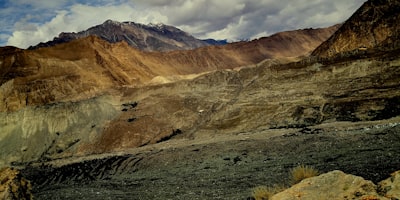Summary
Indian Prime Minister Narendra Modi is set to embark on a five-nation tour—including Ghana, Namibia, Brazil, Argentina, and Trinidad & Tobago—with a central focus on securing supply agreements for critical minerals. This diplomatic push comes as India confronts restricted rare earth supplies from China, which has heightened anxieties in industries dependent on these strategically vital resources, especially electric vehicles and mobile tech. Indian state-owned entities like Khanij Bidesh India and NMDC Ltd are seeking partnerships in Africa and Latin America, aiming to diversify India’s mineral supply chains and circumvent China’s export curbs.
Analysis
China’s dominance over global rare earth production—reflecting its control over supply chains for materials essential to modern technology—has long been a source of quiet concern for import-dependent economies. Now, as Beijing uses these minerals as leverage in wider geopolitical disputes, countries like India are racing to de-risk their supply chains. The article’s focus on India’s diplomatic and commercial overtures in Africa and Latin America highlights a pragmatic response: resource diplomacy as national security.
However, the article provides little detail on the environmental, social, or political complexities involved in mining in these new regions. It assumes supply agreements are a clear-cut solution, glossing over possible local resistance or governance issues in potential partner countries. There’s also a subtext of geopolitical competition: India is not alone in seeking alternatives—Europe, the US, and others are also pursuing rare earth deals, underscoring the growing fragmentation of the global trade system.
On the domestic front, the potential for disruption to Indian automakers spotlights the risks of concentration in supply chains—an often-overlooked Achilles’ heel in the era of economic nationalism. India’s government seems acutely aware that industrial modernization now depends as much on mineral geopolitics as on innovation or investment.
Discussion
This topic matters for several reasons. First, it exemplifies how resource insecurity is reshaping global diplomacy, blurring the lines between foreign, industrial, and environmental policy. India’s outreach to Africa and Latin America echoes a wider pattern of the Global South’s rising importance as both resource providers and geopolitical actors in their own right.
Second, it raises pressing ethical and strategic questions. Is India’s drive for minerals a genuine partnership, or will it replicate old patterns of extractive relationships? How will the rush for rare earths affect local communities and ecosystems in partner countries? And, more broadly, is the world merely shifting dependency from one dominant supplier to a handful of others, or are there efforts underway to establish genuinely resilient and responsible supply chains?
With technology, green energy, and security now so deeply entwined with access to critical resources, the race for rare earths is less a side story and more a defining challenge of the next decade. India’s actions are a microcosm of the broader international scramble, and the responses forged now may shape both geopolitical alliances and the ethics of global commerce for years to come.

Comments
No comments yet. Be the first to comment!